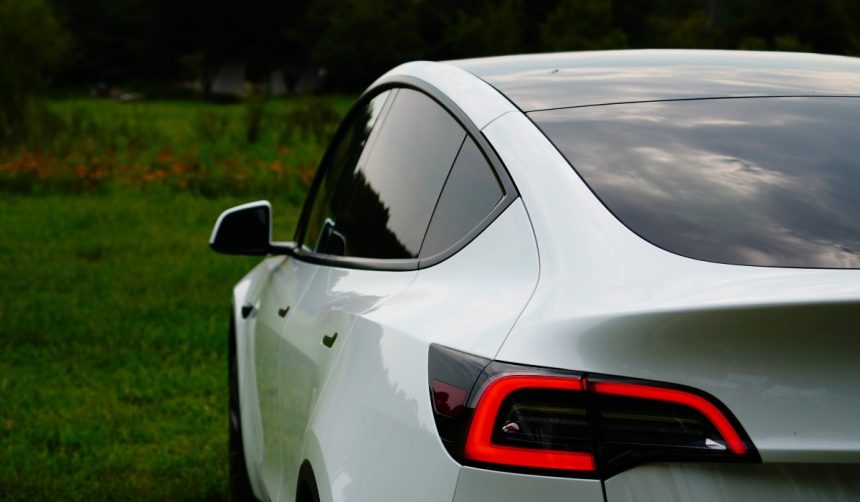Tesla has indicated that a smaller pickup truck may join its product portfolio in the future, sparking discussions about potential shifts in its vehicle lineup. The company’s ongoing development aims to adapt to diverse market needs, including those in urban areas and international markets where existing larger models, such as the Cybertruck, face challenges related to their dimensions and practicality. As urbanization continues globally, automakers increasingly consider more compact vehicle options to cater to space-constrained environments, and Tesla appears to be aligning its design strategy accordingly. While details remain limited, the initiative has generated speculation about possible new models beyond just a reduced version of the Cybertruck.
Reports regarding Tesla’s intent to produce a smaller pickup have circulated in previous years, often tied to the constraints of international markets and urban regulations. Past concept drawings and museum displays highlighted Tesla’s exploration of compact utility vehicles, but no such project reached production. Meanwhile, the Cybertruck has established itself as a leading electric pickup in sales, particularly in North America, reinforcing the company’s capacity to pivot to new design needs when necessary. Compared with earlier signals, the current approach appears to emphasize both practicality and adaptability to global contexts rather than focusing strictly on aesthetics or niche markets.
Is Tesla’s Pickup Lineup Set for an Update?
A recent keynote by Tesla’s VP of Powertrain, Lars Moravy, addressed growing questions about the suitability of Tesla’s pickup offerings in various regions. Emphasizing broader application and the benefits of downsizing, Moravy noted the company’s active consideration of a smaller pickup tailored for urban and international markets. He stated,
“We always talked about making a smaller pickup. I think in the future, as more and more of the Robotaxi comes into the world, we look at those options and we think about, ‘Okay, that kind of service is useful not just for people, but also for goods.’”
Could a New Vehicle Emerge Rather Than a Modified Cybertruck?
Tesla’s approach to this new model remains ambiguous, with leadership referencing a pickup generally rather than specifically identifying a scaled-down Cybertruck. The company has made adjustments to current models, including a reduction in Cybertruck’s size for logistical reasons, but the prospect of an entirely new design remains on the table. Moravy acknowledged design developments under way, saying,
“We’ve definitely been churning in the design studio about what we might do to serve that need, for sure.”
These comments suggest active exploration rather than a finalized direction.
How Do Market Demands Influence Tesla’s Design Decisions?
Market constraints in regions outside North America, such as roadway size and consumer preferences, continue to shape Tesla’s development strategies. The present Cybertruck is not available in Europe or most of Asia, primarily because of its dimensions, which limit appeal and practicality in areas with narrow streets and high density. This ongoing evaluation of demand highlights Tesla’s effort to diversify its range and address regulatory and practical hurdles.
Upcoming product decisions from Tesla suggest a nuanced approach to international expansion and urban mobility. As electric pickup competition rises, strategic flexibility in vehicle size and design could affect Tesla’s position in both established and new markets. Monitoring how Tesla responds to these constraints will be important for industry observers, potential buyers, and competitors. Consumers in populated cities and overseas markets may find the prospect of a more compact pickup from Tesla more aligned with their daily needs and infrastructure realities.










